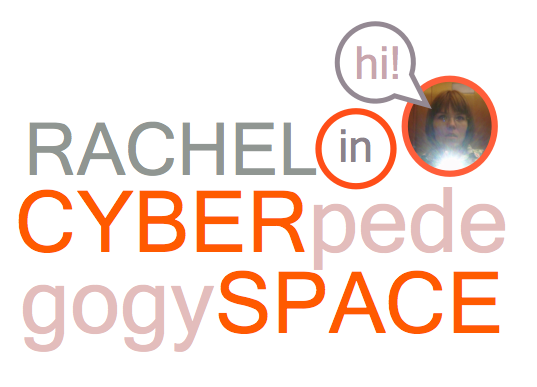So, let's talk about Nina's faves.
THE FUTURE OF AUTHORITY: PLATFORM POWER
This is a concise post about exactly what Web 2.0 offers museums while speculating on the reluctance to relinquish control to these platforms. This dialog approaches some of what we're thinking about in critical pedagogy. Check out this lovely little paragraph:
The problem arises when expertise creates a feeling of entitlement to control the entire visitor experience. Power is attractive. Being in control is pleasant. It lets you be the only expert with a voice. But if our expertise is real, then we don't need to rule content messages with an iron fist. As Ian Rogers has said, "losers wish for scarcity. Winners leverage scale."
SELF-EXPRESSION IS OVERRATED: BETTER CONSTRAINTS MAKE BETTER PARTICIPATORY EXPERIENCES
Second, open-ended self-expression requires self-directed creativity. You have to have an idea of what you’d like to say, and then you have to say it in a way that satisfies your expectations of quality. In other words, it’s hard, and it’s especially hard on the spot in the context of a casual museum visit. What if I assigned you to make a video of your ideas about justice? Does that sound like a fun and rewarding casual activity to you?I found this post interesting because it relates to some of the problems of artistic practice. In my artistic practice, I often feel nostalgic for the days of undergraduate "assignments" where I felt like I did my best work with outside parameters. In fact, I do my best work without parameters (or with the parameters I set myself) but it is certainly much harder. The interesting distinction mentioned above is "casual." Museums offer casual experiences, however rich they might end up being.
This is also an interesting point when Nina describes an experience with teen participants:
The client kept saying, “do whatever you want,” which they thought meant, “we support your unique self-expression.” But the teens heard, “Do whatever you want—we don’t really care what it is.”
THE MAGIC VEST PHENOMENON AND OTHER WEARABLE TOOLS FOR TALKING TO STRANGERS
I always say that once you've gone on the floor, you never come off. I was at the zoo with my family and noticed a lost child. I immediately sprang into action, until I realized I was just a random adult trying to talk to a lost kid - creepy!
GET ON THE BUS: HOW MASS TRANSIT DESIGN AFFECTS PARTICIPATORY POTENTIAL
The frequency of stops and the local windiness of buses makes them downright provincial. As a driver said in this charming article about the glacial pace of NYC buses, "the bus is only as fast as its slowest rider." Social chitchat among strangers is something associated with small towns and areas where people move slowly. It's no surprise the bus can simulate that experience, even in Manhattan. What museum experiences slow you down while simultaneously bringing you in contact with others?
THE VOLUNTARY APPRENTICE
Here's my "getting started in museums" story: When I decided I wanted to work in a science museum, I went to two in my area--one giant, one tiny. I didn't look to see if either was hiring. I didn't even consider what my dream job would be. I found departments/people that were interesting, and made the same speech to each: I want to volunteer for you, part-time, for three months. I have X, Y, Z qualifications, but no direct museum experience. At the end of three months, I want us to sit down and assess whether you will hire me for pay or not.
That's it. In both cases, my offer was accepted. And within three months, I was getting paid (though not much) for real work. Both experiences were educational, experience-building, and got me "in the door" for future opportunities.















